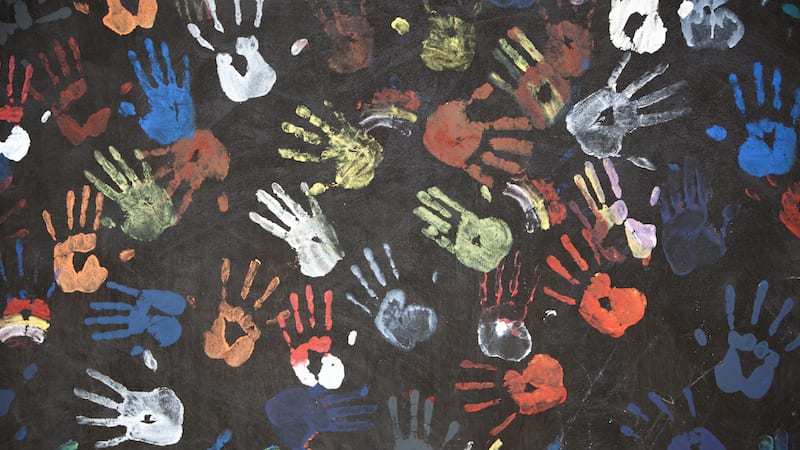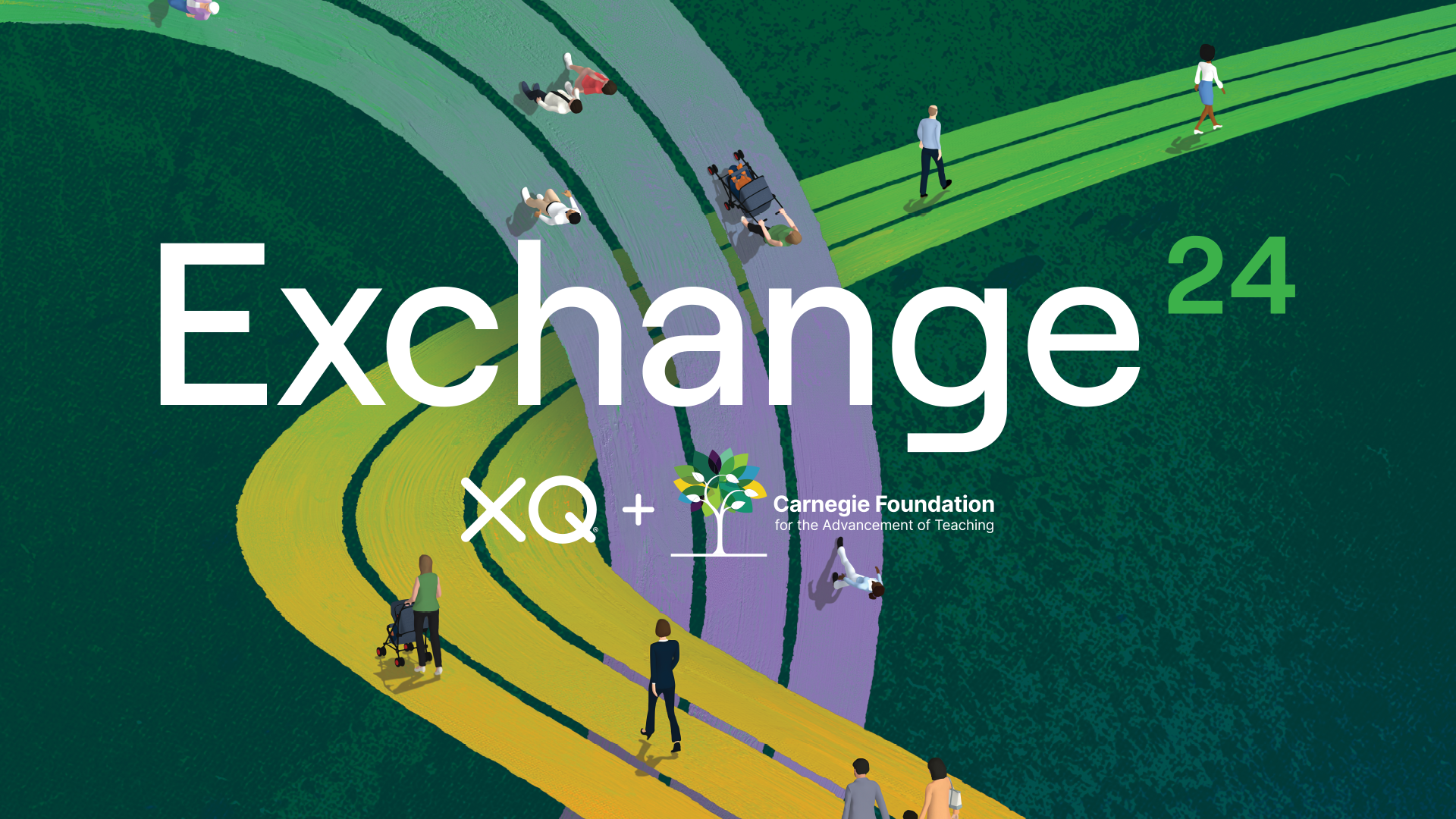Fresh ideas for Black History Month
Transforming spaces, exploring the teenage brain, and innovative grants. Here are five ideas to help transform your classroom.

Try fresh ideas for Black History Month, transform space to transform learning, help parents see the whole picture, explore the teenage brain, and apply for innovative school grant funds.
1. TRY: Impactful Black History Month ideas
From creating civil rights freedom posters that incorporate art and history to exploring primary sources and recreating family journeys, We Are Teachers offers 20 fresh ideas for Black History Month that help make the point that Black History is American History. Hoping to avoid the common pitfalls? Teaching Tolerance also has great advice for 5 things not to do each February.
2. LISTEN: Spaces to inspire
How are schools transforming physical space to transform learning? By including the people who will use the space in the design process, and not just considering the outcomes you want the space to elicit. Learn more about how research on education and architecture can inform designs that improve learning outcomes in this episode of the Getting Smart podcast.
3. HELP: Beyond the “B”

Illustration by Learning Heroes
What’s in a grade? Your answer to that question might not be the same as the answer provided by parents in your school. When Learning Heros asked parents, they found 84 percent assume that A’s and B’s on a report card mean that their child is mastering grade-level work, while nearly half of teachers say report card grades reflect effort more than academic achievement. What can teachers do to close this gap? Providing parents with a few already-available pieces of information in a clear, decipherable format can really help. Teachers can also create space for deeper conversations in parent-teacher conferences by creating a list of sample questions for parents to pose that advance the conversation beyond letter grades.
4. EXPLORE: The teenage brain
If you’ve raised teenagers or taught them, you might doubt us when we say Edutopia has 3 Charts for Decoding the Teenage Brain. Based on neuroscience and education research, the charts will help you, and parents, understand what makes the teenage brain tick and how we can better understand it. When we better understand the adolescent mind, we can better reach it. For example, researchers advise: “talking to teenagers frankly about their brain development can provide useful context for their emotional worlds, and reset their expectations about their potential for continued intellectual growth.”
5. APPLY: Innovative schools grant
The Walton Family Foundation’s Innovative Schools Program is seeking new, break-the-mold schools opening in 2018-2021 that need startup funding. Schools can be district, private, or charter schools that are new and different with a strong commitment to academic rigor. Each school can receive $325,000, with an optional, additional amount of up to $50,000 available to support learning about the impact of the innovations and enable future scaling. Complete this short pre-application form by Feb. 15 to be considered for the Innovative Schools grant opportunity.









